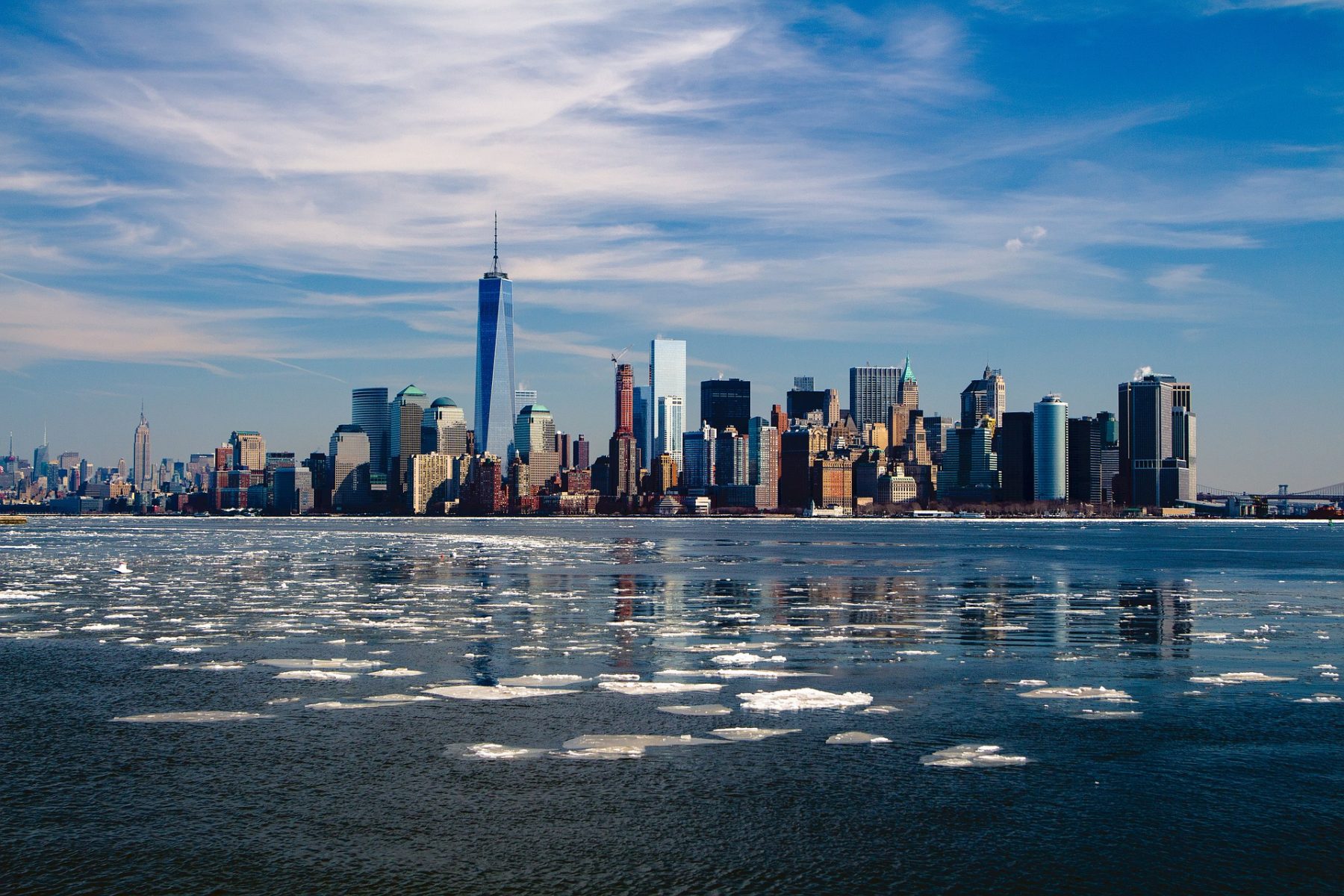In New York City, where real estate is both prized and limited, the skyline tells a story of innovation, ambition, and adaptability. As the population grows and space becomes more constrained, the city continues to redefine what it means to live and build vertically. From ultra-slim skyscrapers to mixed-use high-rises, NYC is not just growing up—it’s transforming the way people experience urban life in the sky.
Vertical living is no longer reserved for luxury penthouses or towering corporate offices. In today’s NYC, it’s a response to demand, density, and design. With limited land and high costs per square foot, developers are building higher to maximize opportunity—often packing entire communities into a single vertical footprint. These high-rises are more than just stacks of apartments; they’re microcosms of the city itself, housing everything from fitness centers and coworking spaces to grocery stores and schools.
One major driver of this trend is the shift toward mixed-use vertical developments. By combining residential, retail, and commercial spaces in a single tower, developers create vibrant ecosystems where people can live, work, and play without ever hitting the street. This model supports sustainability, reduces commute times, and fosters stronger neighborhood identities within tall buildings.
Architecturally, vertical living has also pushed the boundaries of design and engineering. Super-skinny towers like those along Billionaires’ Row in Midtown Manhattan rise hundreds of feet with surprisingly small footprints. These structures aren’t just feats of engineering—they’re redefining luxury, offering panoramic views and private sky-high sanctuaries for residents who crave serenity above the noise.
Yet vertical living isn’t only about opulence. Affordable housing developments and co-living models are also reaching new heights—literally. Projects are emerging that prioritize community, smart design, and shared amenities, ensuring that sky-bound living isn’t limited to the wealthy.
Of course, this evolution brings challenges—elevated maintenance costs, wind sway, and emergency preparedness among them. But with technology and design continually advancing, NYC remains a global leader in mastering vertical urbanism.
As space on the ground becomes more scarce, New York is proving that the sky is not the limit—it’s just the beginning. Vertical living is no longer a novelty; it’s the city’s blueprint for the future, where communities don’t just rise—they thrive.
